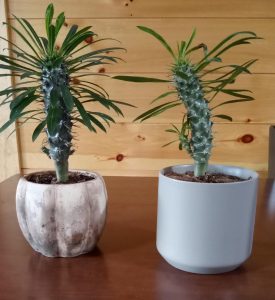By: Annaliese White
Living in the Greenbelt Resident Community has given me so much insight into new sustainability practices and habits, it has taught me how to eat “Greener” and to love nature in all of its forms. One of my favorite past times while living in the Greenbelt has been picking some of the Wild Flowers that have grown in our backyard, as it has given me much joy having fresh, beautiful flowers all around our cabin. Through the teachings of my fellow Greenbelt residents, I have come to learn just how unsustainable green lawns are. Before being apart of this program, I never gave too much thought about the sustainability of most people’s lawns, as it never occurred to me that it could be harming the environment!

Not only are lawns expensive and can be a lot of upkeep work, but there are various aspects that go into taking care of a lawn that are pollute the environment. For example, the burning of gasoline in lawn mowers, toxic pesticides and fertilizer which pollute the water sources, and the vast quantity of water that is wasted by sprinklers. The gasoline burned in the lawn mowers contribute to the greenhouse gases, which is hurting our atmosphere. Another harmful effect of so many homeowners planting grass lawns is that it causes other forest life, like weeds and many other plants to be ripped out of the ground, reducing their populations.
One of the main benefits of having a wildflower garden or meadow instead of a grassy lawn is that wildflowers are easier to care for and do not require the consistent watering or maintenance that green lawns need. Having a wildflower garden also increases biodiversity and allows for other species of plants and flowers to flourish. Also, having a meadow can attract wildlife such as deer to your yard which would allow them to feed without worrying about any external threats. Overall the benefits of having a wildflower garden greatly outweigh the pros and cons of having a grass lawn, which is why more homeowners should make the switch to a wildflower garden or meadow!

Sources:
https://www.americanmeadows.com/replace-lawn-with-wildflowers
https://conservationtools.org/guides/151-from-lawn-to-meadow
http://www.gogreen.org/blog/the-environmental-impact-of-lawns










